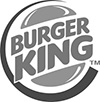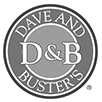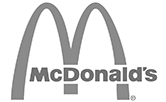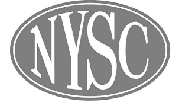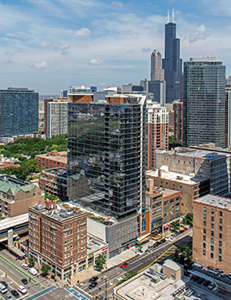GREASE WASTE
MANAGEMENT
GREASE WASTE MANAGEMENT
Grease waste is our business. We provide free cooking oil pick up as well as containers to hold your used cooking oil. We clean grease traps of all sizes and run the only waste transfer station for grease in New York City. When you want expertise, turn to A&L Cesspool & Recycling.
Grease Vacuum Truck
Large grease traps are no problem with our high capacity truck. This truck can hold 2500 gallons of used cooking oil or grease trap waste. We are available 6 days a week with this type of truck. Call today!
The Silver Bullet
Need a long stretch but have only have small access? Meet our Silver Bullet.
Grease Box Truck
Grease Mobility. Our portable machines can go anywhere and get rid of your unwanted grease waste.
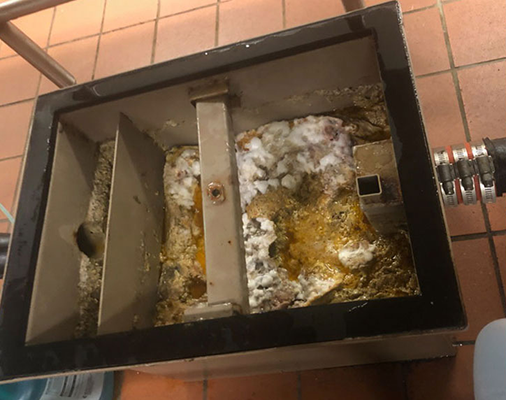
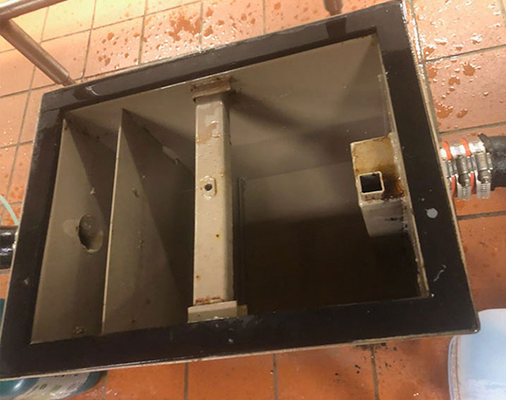
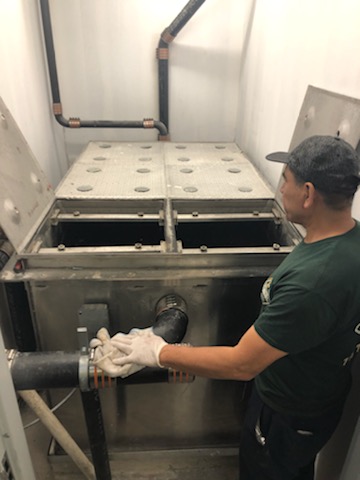
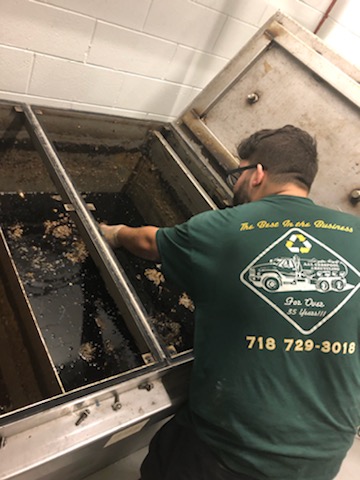
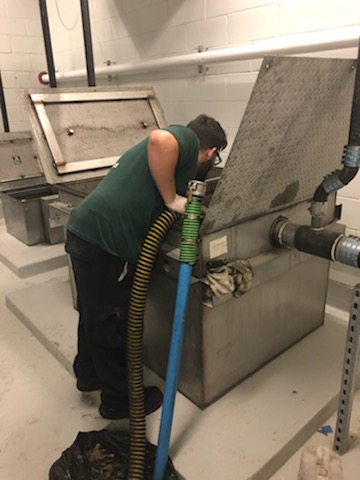
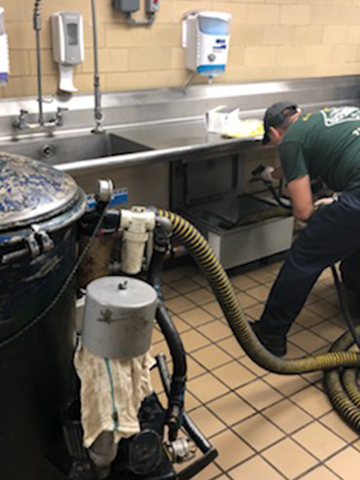
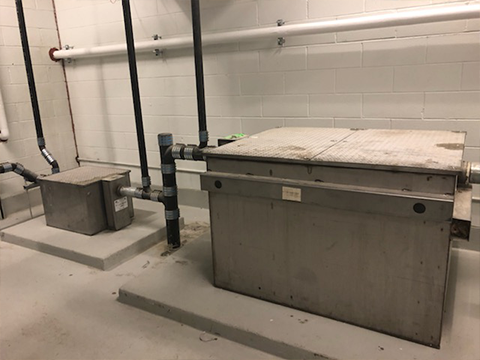
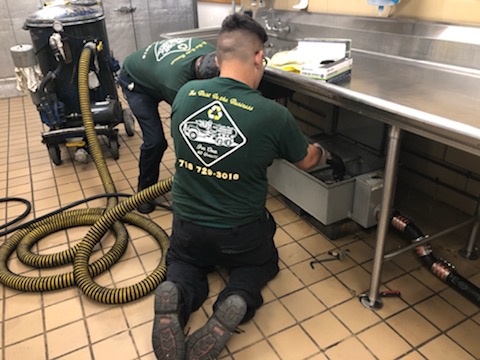
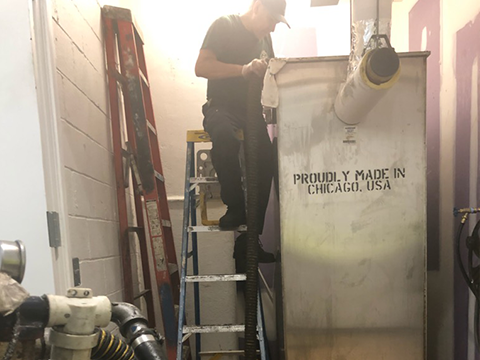
TRUSTED BY THOUSANDS FOR OVER 40 YEARS
Telephone No. 718-729-3018








